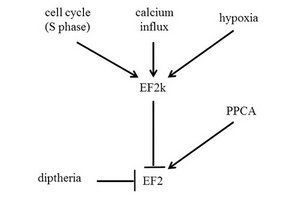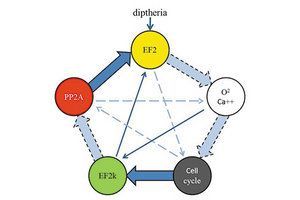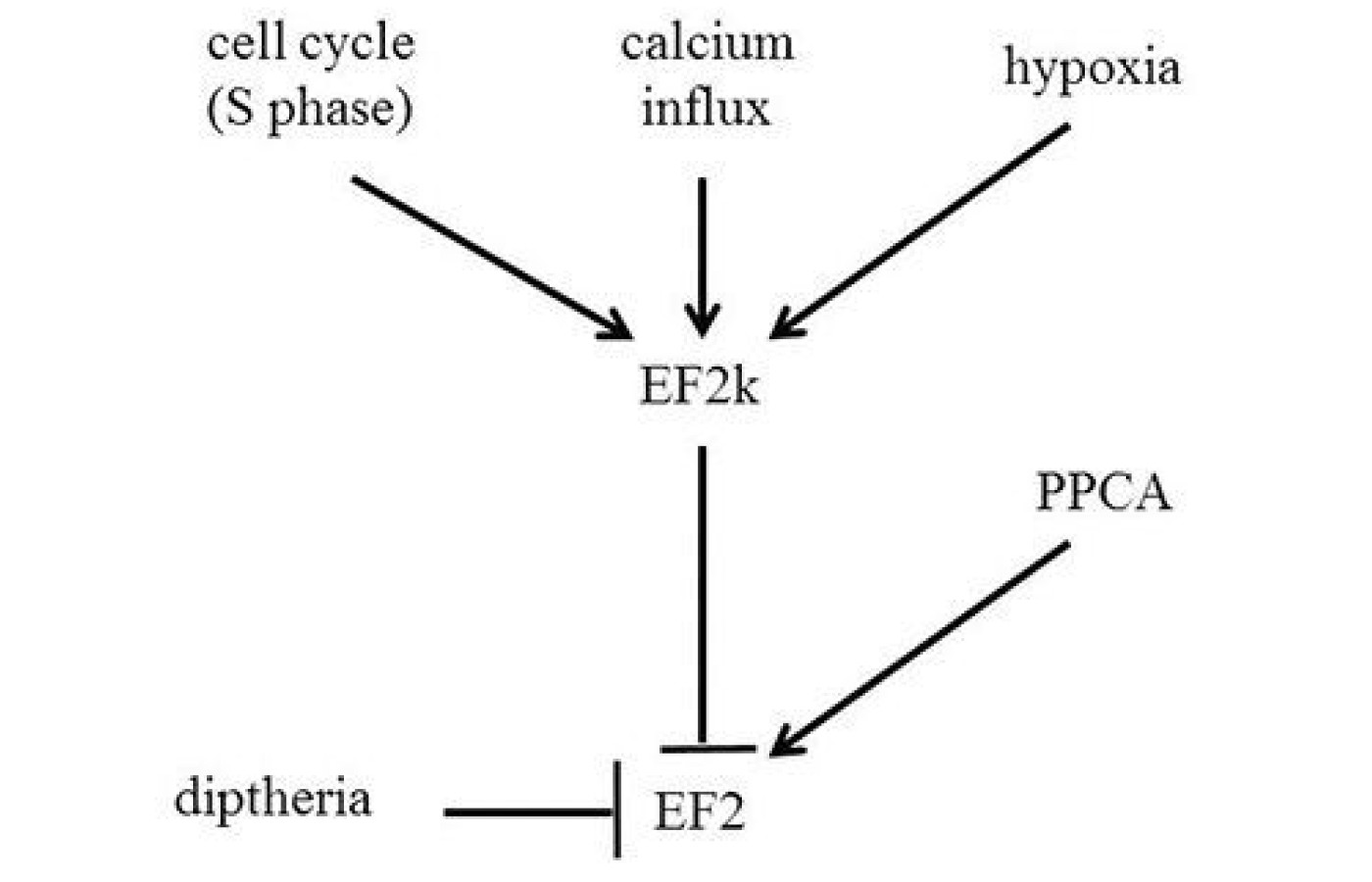Whether you accept it, avoid it or live somewhere in between, insurance coverage has become a defining issue for our profession. Patients increasingly expect to use their benefits, practitioners want to be compensated fairly for their time and expertise, and the system itself remains – at best – fragmented. The encouraging news is that coverage has expanded in meaningful ways. The challenging news is that reimbursement, across the board, remains inadequate.
Models: The Value of Using Conceptual Maps
When I was first learning about five phase theory, during an independent study class in college, I was also taking a microbiology course. Over the course of the semester, I was increasingly mesmerized by the elegance of each approach to understanding health and disease. It also seemed that these two ways of understanding were based on such divergent principles that it would be hard to really get them to "talk" to one another. Frankly, it seemed like an irresistible challenge. Fast forward twenty years, and this column is my small way of contributing the dialogue. I've been both an acupuncturist and a scientist and continue to value both worlds. Some themes cross over naturally and some are harder to translate, but I hope to share some of the moments of connection I've seen.
Traditional Chinese Medicine practice is a science of homeostasis. Thousands of years of empirical observation have charted the physical pathways and energetic currents that undergird a state of balance or of disease. A similar undertaking is happening right now in laboratories all over the world. Researchers are trying to see, understand, and communicate the interior map of the cells which make up the larger bodily context already described in TCM. The relational diagrams that these researchers produce are thematically quite different from the ones used in TCM. As a general rule, new cellular information is presented in graphics which look rather like wiring diagrams, zoomed in to detail the specific relationships being discussed in each paper or presentation. That may reflect something about the culture doing the investigation — this is a science of mechanism. As a result, it leans toward linear graphics rather than the circular, sweeping graphics of five phase theory. As is often the case, being able to look at the same information represented in different ways can be a wonderful tool to see new angles, new possibilities. As an example, I'll discuss my personal favorite protein in the body: a little gem called elongation factor 2 (EF2).

One of the fundamental processes of life is the translation of information stored in DNA into material form. The DNA must first be transcribed into a portable copy made of RNA. The RNA is then fed through a ribosome, which links amino acids together to create a protein version of the RNA strand. There is a single protein which does the work of moving each amino acid along once joined, clearing space for the next to be recruited. Without this protein (EF2) no other protein can be manufactured. Its regulation is a complex web, requiring many kinds of information about the state of the cell to be integrated. One way to describe this is shown in Figure 1. It is a typical mechanism graphic, such as might be found in current scientific literature, showing activating forces as arrows going in the direction of action. Inhibiting forces are shown as lines ending with a perpendicular line segment. This is a fairly clear way for researchers to summarize a set of relationships, isolated away from larger context.

As someone interested in the sciences of both mechanism and homeostasis, I find myself playing with this form. Because it facilitates making the material version of information, EF2 strikes me as playing the role of spleen/earth inside of the cell. That places its inhibitor, a protein called EF2k, in the role of liver/wood and its activator, the protein PP2A, in the role of heart/fire. The other types of cellular information graphed in Figure 1 can slot into the rest of the five phase positions with surprising ease. DNA replication occurs during the S phase of the cell cycle this duplication of inherited material would easily sit in the position of kidney/water. Influx of external calcium and oxygen would both fall into the role of lung/metal as it is the guardian between inner and outer worlds. Diptheria would certainly qualify as an exogenous evil. If the same players are mapped to the five phase model as shown in Figure 2, many additional connections are hinted at which Figure 1 does not suggest. The arrows shown as solid in Figure 2 are those which have a correlate in Figure 1. More intriguingly, arrows in Figure 2 with a dotted motif, either in the outer sheng cycle or the inner ke cycle, are simply shown to complete the relationships that five phase theory would suggest would have to be in place for homeostasis to work.
Whereas Figure 1 does not suggest where additional interactions may be happening, or may even be needed, Figure 2 has a number of those dotted lines, which suggest that certain players may have some relationship that is as yet unknown but may be needed to stabilize the system. As it happens, when I was working with EF2, I came to study it in a slightly unusual way. I was working with several other proteins and noticed that there must be something, some X factor I didn't know about, that was acting my system. I could define exactly what it must be like in order to explain my observations, and went looking for something that matched the description of my X factor. This is the kind of thinking that alternate models can really help with; their structure can hold a place for where some unknown entity or relationship might need to be.
Of course, there may sometimes be no one-to-one matching of a particular biological mechanism to five phase theory, but this example demonstrates that keeping multiple models in mind can help keep us open to the cross-pollination of ideas and resulting insights. Figure 2 as presented here would suggest some potential areas for research and, in fact, many of the dotted lines represent relationships under investigation. Despite differences in training, philosophy, and methodology, practitioners of traditional medicine and current day researchers do share fundamental interests and do have opportunities to share their knowledge across conceptual divides.
Reference:
- White-Gilbertson S, Kurtz DT, Voelkel-Johnson C. The role of protein synthesis in cell cycling and cancer. Mol Oncol. 2009 Dec;3(5-6):402-8. Review.



